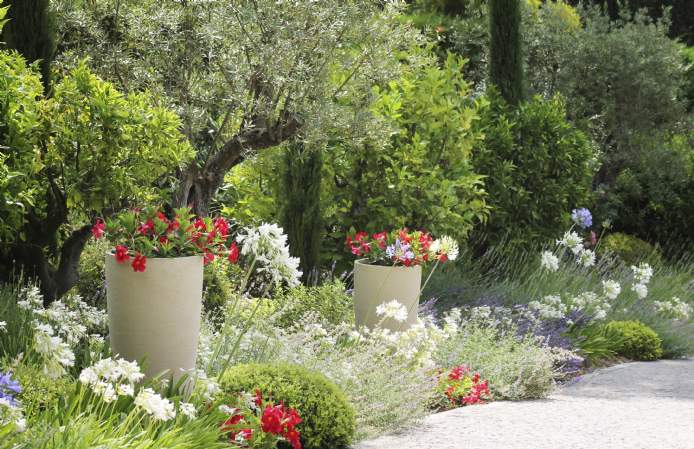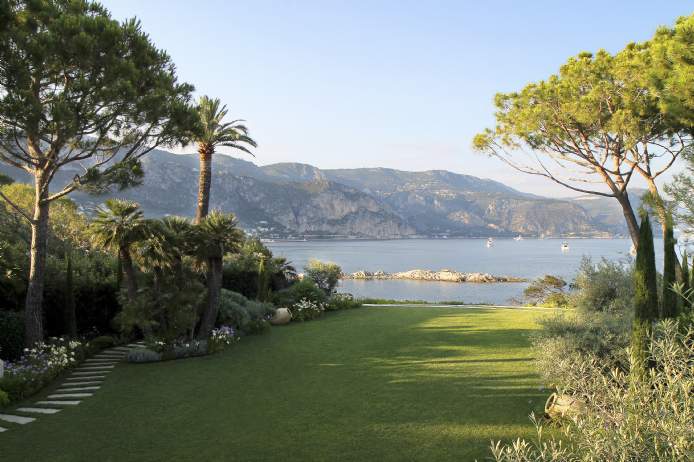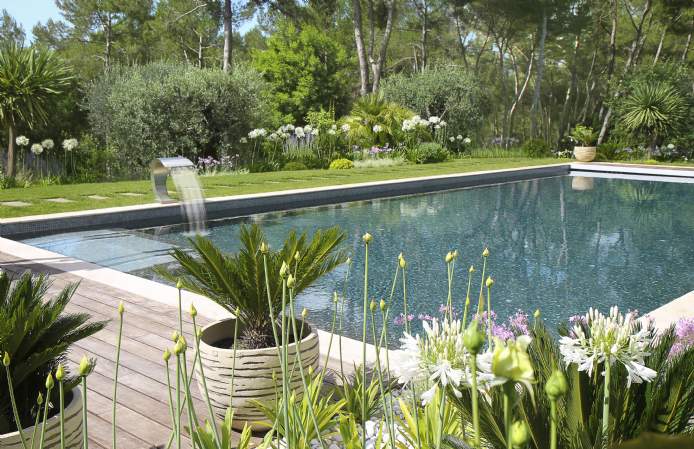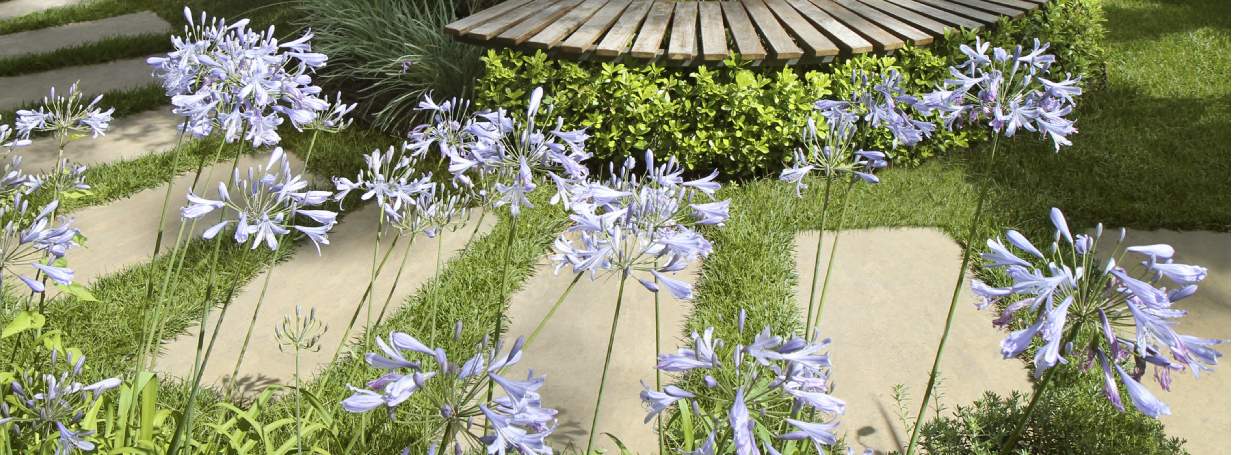From Menton to Saint-Tropez, the Côte d’Azur offers a wealth of parks and gardens of unparalleled splendour. A natural heritage unique across the world for its diversity, which brilliantly meets the new climatic challenges faced today.

It is said that the French Riviera was “invented” in the mid-19th century by British aristocrats and officers returning from India who were unable to re-acclimate to the English climate. Drawn by the mild winter climate of the Alpes-Maritimes and Var coastline, they built properties there that are now considered classics, and adorned them with parks that blended the English tradition with exotic plants brought from Asia. The Mediterranean climate, remarkably temperate and sunny, lent itself perfectly to the development of ornamental gardens filled with lush plants as well as manicured lawns.

Far from having disappeared with the end of the French Riviera’s golden age, this love of a green landscape has been passed down from generation to generation, thanks to public and private initiatives ranging from rooftop gardens in cities to landscaped parks covering several hectares. Witnesses to an illustrious past or imagined by contemporary designers, these gardens are part of the makeup of the French Riviera but must now deal with the challenges of climate change. A challenge taken up with panache. The French Riviera style dates back to the 1860s,” explains Cannes landscape architect Hervé Meyer, creator of l’Atelier Hervé Meyer in Cannet. “It is the result of an international influence and an exceptional climate, which permitted the establishment of species from all over the world. But with global warming, it seems important to return to a purelyMediterranean palette, based on endemic plants. Taking into account environmental issues will perhaps require us to give up a certain exuberance, but it will be the role of landscapers to develop a creativity adapted to these changes.”

The return to a natural state
The Côte d’Azur has always had a mix of architectural styles, from the most classical to the most contemporary. The same is true of gardens, the idea being that they develop in harmony with the property in which they will be installed. It is essential to use local plants whenever possible, whatever the style of garden, in order to guarantee the durability of the plant environment created,” confirms Stefana Savin, the creator of the Riviera Gardens agency, based in Monaco and Beausoleil. On the Côte d’Azur, periods of drought are getting longer, which means we have to choose plants that and are more resistant to heat. It’s up to us to make our clients understand that a garden that uses wilder plants, and therefore has a more natural, rugged aspect, will probably be the best solution in the long term. And that it will lose neither elegance nor refinement!”
The 2020s will see the return of the classic lavender, olive and rosemary, but also of lesser- known plants, notably cacti and succulents such as agave and aloe, which store water in their foliage. Could this be the end of the manicured lawns so beloved by Belle Epoque homeowners? No,” says Meyer, “because the new varieties of grass require less water. In addition, the widespread use of rainwater harvesting makes watering more environmentally friendly.”
In addition to the pleasure gardens, whose styles vary from Menton to Saint-Tropez, the magic of the Côte d’Azur comes from the natural parks such as the Esterel, famous for the flamboyant red of its volcanic rock, or the Mercantour, in its hinterland, which alone is home to half of the known plant species in France. Their wild splendour is sometimes a miracle. Stefana Savin confides to us that she has made the Mercantour her secret garden: “I love to walk there in silence for hours, listening to the sounds of nature. This is how I maintain my creativity.”

.jpg)
(2).jpg)
.jpg)
.jpg)
.jpg)
.jpg)

.jpg)
(1).jpg)
.jpg)